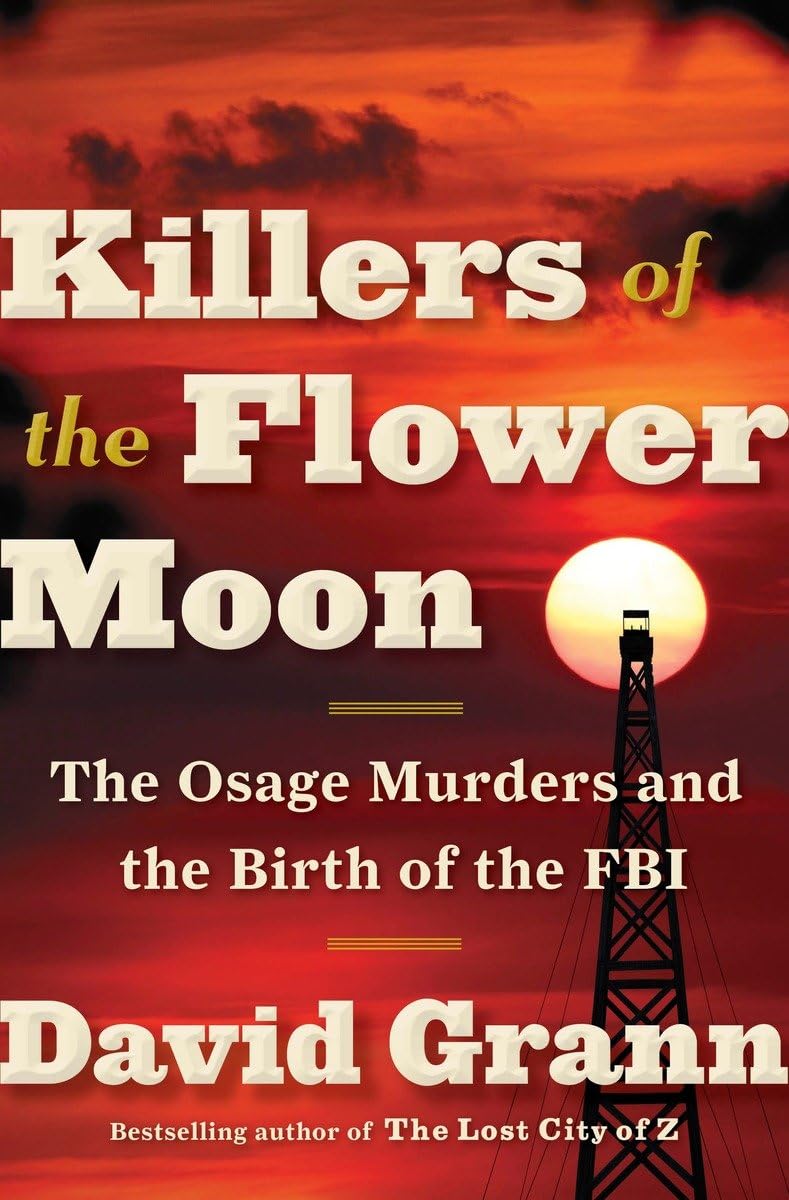Acknowledgments
byThe acknowledgments section of the book reflects the author’s profound appreciation for the many individuals, communities, and institutions that contributed to the research, writing, and completion of the project. At the forefront of this gratitude is the Osage Nation, whose members generously shared their histories, personal stories, and cultural insights, which helped bring authenticity and depth to the book’s narrative. The author gives special recognition to individuals such as Margie Burkhart, Kathryn Red Corn, and the late Jozi Tall Chief, whose voices and perspectives were invaluable in reconstructing the historical events covered in the book. Additionally, descendants of key historical figures—including members of the Vaughan and White families—played a critical role by providing firsthand accounts, personal documents, and access to family archives that added nuance and credibility to the research.
The acknowledgments also highlight the contributions of historians, anthropologists, and subject matter experts who lent their knowledge in key areas such as Osage culture, the history of the FBI, and the development of law enforcement in the United States. Among the many scholars consulted, anthropologist Garrick Bailey and FBI historian John F. Fox are particularly commended for their extensive guidance and research support. Their expertise helped the author navigate the complexities of historical and legal frameworks, ensuring that the book accurately portrayed both the Osage community’s experiences and the broader evolution of investigative practices in America. The contributions of additional scholars, such as Terry Wilson, Dennis McAuliffe, and Lawrence Hogan, are also acknowledged for their research on the socio-political challenges faced by Native American tribes, further enhancing the book’s contextual richness.
A significant portion of the acknowledgments is dedicated to expressing gratitude to research institutions, libraries, and archival facilities that played a crucial role in providing access to primary and secondary sources. The author specifically thanks the National Archives, the Osage Nation Museum, and various historical societies that offered invaluable documents, transcripts, and other historical records. These institutions, along with dedicated archivists and librarians, helped the author uncover rare materials, including unpublished manuscripts, legal testimonies, and personal letters that contributed to the depth of the book. Furthermore, newspaper archives and periodicals provided essential contemporary accounts that helped reconstruct events with journalistic accuracy.
Beyond academic and institutional support, the author also emphasizes the critical role of friends, colleagues, and fellow writers who offered editorial insights, encouragement, and constructive criticism throughout the writing process. Editors and mentors at The New Yorker are particularly credited for their rigorous feedback and assistance in refining the manuscript, ensuring that it remained both engaging and historically accurate. The author also acknowledges the contributions of veteran journalists whose reporting on the Osage murders and related topics helped shape the book’s investigative approach, making it not just a historical recounting but also an in-depth exploration of systemic injustices.
Another major influence on the book’s development was the author’s time spent at the Dorothy and Lewis B. Cullman Center for Scholars and Writers at the New York Public Library. This prestigious fellowship provided the opportunity to access rare archival collections, engage with fellow scholars, and dedicate focused time to research and writing. During this period, the author also made significant connections, including an encounter with Kevin Winkler, whose personal family history intersected with the events covered in the book, adding another layer of depth to the research. These moments reinforced the importance of collaborative scholarship and the way historical narratives continue to resonate through generations.
In addition to scholarly and professional support, the acknowledgments also touch on the personal sacrifices made by the author’s family, expressing deep gratitude for their patience, encouragement, and understanding throughout the extensive research and writing process. Writing a book of this magnitude required long hours of solitude, travel, and immersion in complex and often distressing historical subject matter, making the support of loved ones essential. The author recognizes the emotional weight of the material and thanks those who provided not only logistical help but also a sense of grounding during the book’s creation.
Ultimately, the acknowledgments convey that this book is not solely the product of one individual’s work but rather the culmination of collective efforts, shared knowledge, and a deep commitment to historical truth. The extensive network of historians, researchers, community members, and personal supporters illustrates the interconnected nature of storytelling and the responsibility of documenting history with accuracy and respect. Through this expression of gratitude, the author underscores the collaborative nature of the project, recognizing that without the contributions of so many, the book would not have been possible. The acknowledgments serve as both a reflection on the journey of writing and an homage to those who helped shape the narrative, ensuring that the voices of the Osage people and their history are preserved and shared with a broader audience.


